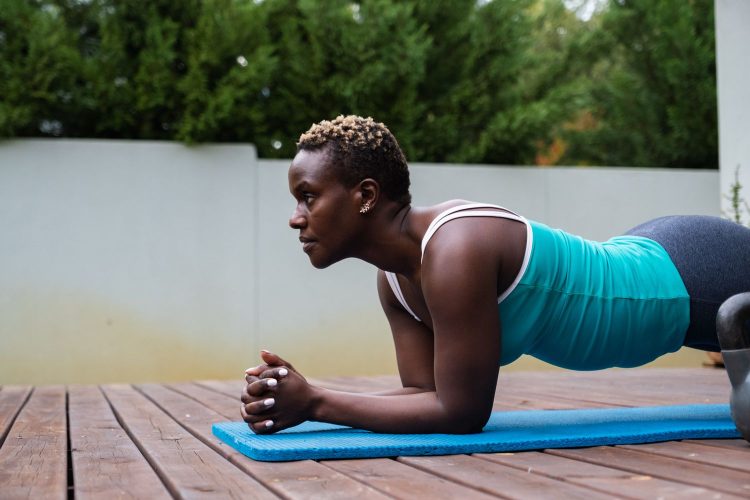The fitness world is no stranger to trends that capture the public’s imagination and redefine how people approach health and exercise. One such trend that gained massive popularity over the past decade is intermittent training—characterized by bursts of high-intensity exercise interspersed with periods of rest or low activity. While this method has proven effective for improving cardiovascular health, strength, and metabolic function, it is no longer the “new kid on the block.”
So, what’s next? As technology advances and our understanding of human physiology deepens, a new wave of fitness innovations is emerging. This article explores the upcoming fitness trends poised to transform workouts and redefine how we pursue health and performance in the years to come.
Why Intermittent Training Has Reached Its Peak
Intermittent training, including formats like High-Intensity Interval Training (HIIT) and Tabata, revolutionized fitness by offering:
- Time-efficient workouts that deliver rapid results
- Enhanced fat burning and metabolic rate
- Improved cardiovascular and muscular fitness
However, the market has become saturated with HIIT programs, and some users experience burnout, injury, or plateau effects. Additionally, it doesn’t address all fitness dimensions, such as mobility, mental well-being, or individualized adaptation.
Emerging Trends That Could Define the Next Fitness Wave
1. Personalized and AI-Guided Training
With the rise of wearable technology, machine learning, and big data, fitness is moving towards fully personalized programs tailored to your genetics, physiology, lifestyle, and goals. AI-powered apps analyze heart rate variability, sleep quality, recovery status, and more to recommend workouts that maximize effectiveness while minimizing injury risk.
2. Mind-Body Integration
Beyond pure physical performance, fitness will increasingly emphasize mental health, mindfulness, and emotional resilience. Practices like mindful movement, breathwork, yoga, and meditation are being integrated with strength and cardio training, supporting holistic well-being.
3. Functional Fitness and Movement Quality
Rather than focusing solely on aesthetics or raw strength, functional fitness prioritizes movements that improve everyday life—balance, coordination, joint mobility, and injury prevention. Training modalities like animal flow, mobility drills, and corrective exercise are gaining traction.
4. Virtual and Immersive Fitness Experiences
Advances in virtual reality (VR), augmented reality (AR), and interactive gaming are creating immersive fitness environments that make exercise more engaging and social. Imagine cycling through virtual landscapes or participating in live group workouts with avatars in a digital space.
5. Recovery as a Core Component
The fitness paradigm is shifting to include recovery as an essential part of training. Technologies such as cryotherapy, infrared saunas, percussive therapy devices, and advanced sleep tracking are becoming mainstream, acknowledging that rest and regeneration are key to progress.

Why These Trends Matter
- Sustainability: Personalized and functional approaches help reduce injury and burnout, encouraging long-term adherence.
- Holistic Health: Integrating mind and body fosters resilience against stress, improves mental health, and enhances overall quality of life.
- Engagement: Immersive and tech-driven workouts make fitness fun and accessible, especially for younger generations.
- Optimization: Recovery tools ensure that physical gains are maximized, and health risks minimized.
How to Prepare for the Next Fitness Wave
- Explore AI-powered fitness platforms that offer adaptive programming.
- Incorporate mindfulness and breathwork into your routine.
- Focus on quality of movement and flexibility, not just intensity.
- Experiment with virtual fitness classes or apps.
- Prioritize recovery techniques such as adequate sleep and active rest.
Conclusion
While intermittent training revolutionized fitness by making workouts efficient and intense, the next fitness boom will be defined by personalization, integration, and technology-driven engagement. The future of exercise is not just about pushing harder—it’s about smarter, more mindful, and sustainable movement patterns that honor both body and mind.
By staying informed and open to innovation, you can ride the wave of this upcoming fitness revolution and elevate your health and performance like never before.











































